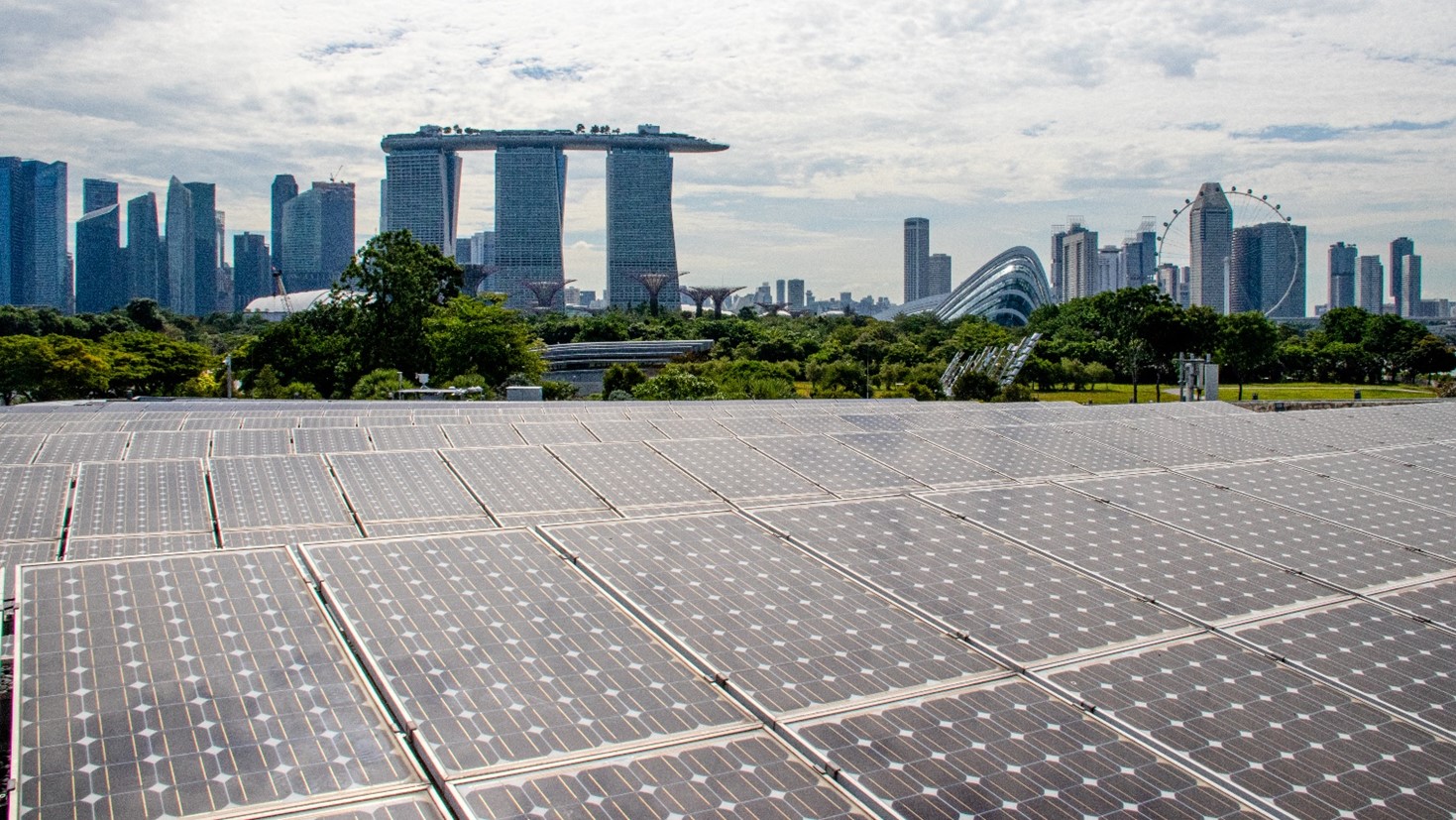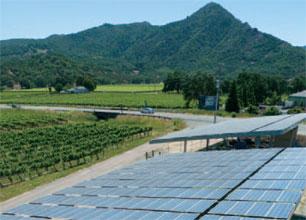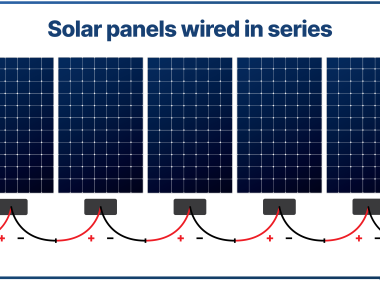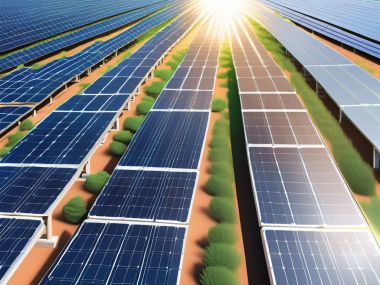Smart cities, which aim to improve quality of life through the incorporation of advanced technologies, are pivotal in this transition.
These cities prioritize optimizing resource use, enhancing infrastructure efficiency, and minimizing environmental impact.
Within this framework, solar energy emerges not merely as a viable alternative but as a foundational component of the smart city energy landscape.
It provides a renewable, cost-effective, and scalable energy solution that aligns seamlessly with the sustainability objectives of contemporary urban centers.
The economic benefits of integrating solar energy into urban environments are diverse.
Solar energy can substantially cut energy expenses for both local governments and residents.
The continuously decreasing cost of solar technology, combined with various governmental incentives, makes solar installations more economically feasible.
Furthermore, the growth of the solar sector generates numerous employment opportunities in areas such as manufacturing, instalation, and maintenance, thereby boosting local economies.
The economic prospects for solar energy in the context of increasing urbanization and smart city development are promising and multifaceted. Here’s a detailed examination of the key aspects:
1. Integration with Smart Cities
a. Smart Grid Integration:Smart cities leverage advanced technologies to optimize resource management. Solar energy can be seamlessly integrated into smart grids, allowing for efficient distribution and management of energy. This integration reduces energy loss, enhances grid stability, and lowers costs through better demand-response mechanisms.
b. Energy Storage and Management:Smart cities are adopting sophisticated energy storage solutions. Solar power, coupled with battery storage, ensures a stable energy supply, mitigating the intermittent nature of solar energy and aligning production with consumption patterns.
c. Distributed Generation:Urbanization often leads to increased energy demands. Distributed solar power systems, such as rooftop panels, can provide localized energy production, reducing the load on central power plants and the need for extensive transmission infrastructure.

2. Economic Benefits
a. Cost Reduction:Technological advancements and economies of scale have significantly reduced the cost of solar panels and installation. As a result, solar energy is becoming more economically viable compared to traditional energy sources.
b. Job Creation:The solar energy sector is a significant source of employment. Jobs are created not only in manufacturing and installation but also in research, development, and maintenance. This contributes to economic growth, especially in urban areas where job creation is critical.
c. Energy Independence:Increasing urbanization can lead to higher energy consumption. Solar energy provides cities with a pathway to greater energy independence, reducing reliance on fossil fuels and mitigating the economic impacts of energy price volatility.

3. Environmental and Social Impacts
a. Reduction in Carbon Footprint:
Solar energy is a key component in reducing greenhouse gas emissions. Urban areas, which are often significant contributors to carbon emissions, can benefit from reduced pollution and improved air quality, leading to health and environmental benefits.

b. Enhanced Resilience:
Solar energy systems enhance the resilience of urban energy infrastructure. They provide a decentralized power source that can maintain functionality during grid failures or natural disasters, which is critical for the continuity of urban services.
4. Technological Advancements
a. Building-Integrated Photovoltaics (BIPV):Solar panels are increasingly being integrated into building materials, such as windows and facades. This not only saves space in densely populated urban areas but also enhances the aesthetic appeal of buildings, making solar adoption more attractive.
b. Internet of Things (IoT) and AI:Smart cities use IoT and AI to optimize energy use. These technologies can forecast energy demand, monitor solar panel performance, and adjust energy consumption in real-time, maximizing efficiency and cost savings.

5. Economic Incentives and Policy Support
a. Government Incentives:Many governments offer incentives for solar energy adoption, including tax credits, grants, and subsidies. These policies reduce the upfront costs and encourage investment in solar technologies, making them more accessible for urban development projects.
b. Green Building Standards:Regulatory frameworks and green building certifications often encourage or mandate the use of renewable energy sources, including solar. Compliance with these standards can lead to economic benefits such as reduced operating costs and increased property values.
6. Challenges and Considerations
a. Initial Investment Costs:While costs are decreasing, the initial investment for solar installations can still be high. Urban projects need to consider financing models, such as power purchase agreements (PPAs) or community solar programs, to alleviate this burden.
b. Space Constraints:Urban areas often face space limitations, making the installation of large solar farms challenging. However, innovative solutions such as solar canopies over parking lots and the use of vertical surfaces can mitigate this issue.
c. Regulatory and Market Barriers:Regulatory hurdles and market dynamics can pose challenges to the widespread adoption of solar energy. Addressing these issues requires coordinated efforts between policymakers, utility companies, and developers to create an enabling environment for solar investments.
7. Global and Regional Trends
Urbanization and Energy Demand:As urban populations continue to grow, the need for energy is on the rise. Solar power presents itself as a viable and eco-friendly option to address this escalating demand, particularly in areas abundant in solar radiation.
Regional Variability:The economic potential of solar energy differs across regions, contingent upon factors like the availability of sunlight, local policies, and economic circumstances. Areas with ample sunlight and favorable policies, such as certain parts of Asia and Africa, are especially poised to reap the advantages of solar energy.
Conclusion
The economic outlook for solar energy is highly favorable, especially as urbanization and the development of smart cities continue to rise. Incorporating solar energy into urban settings not only meets the increasing energy needs but also aligns with sustainable development objectives. Advancements in solar technology, along with supportive policies and financial incentives, are expected to spur further adoption and generate economic advantages in the years ahead. As cities transform into smart, interconnected systems, solar energy will be crucial in fostering a sustainable and economically dynamic urban landscape










